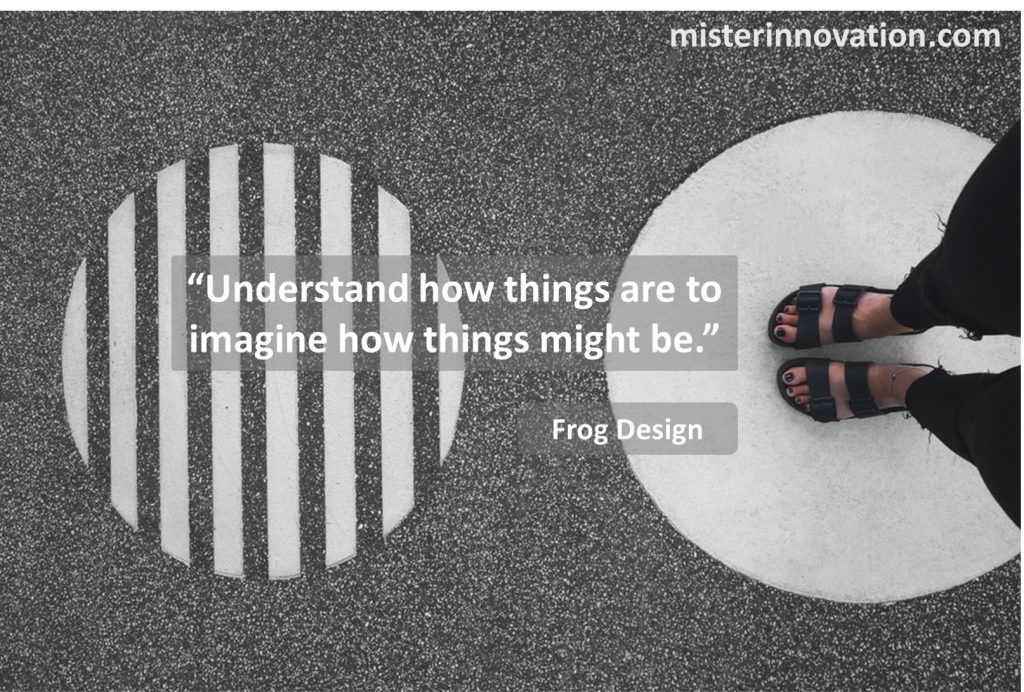Key considerations for planning a customer-centric digital transformation

GUEST POST from Chateau G Pato
In today’s rapidly evolving business landscape, digital transformation has become a critical imperative for organizations looking to stay competitive and relevant. However, many companies often overlook one crucial aspect of this process – understanding and meeting the needs and expectations of their customers.
A customer-centric approach to digital transformation is essential in ensuring that the changes implemented align with what customers want and need. By putting the customer at the center of the transformation journey, businesses can drive greater customer satisfaction, loyalty, and ultimately, business growth.
To effectively plan a customer-centric digital transformation, organizations must first gain a deep understanding of their customers’ needs, preferences, and pain points. This can be done through a variety of methods, such as customer surveys, focus groups, and data analytics. By collecting and analyzing this information, businesses can identify key trends and insights that can inform their digital transformation strategy.
Case study 1: Amazon
Amazon is a prime example of a company that has successfully implemented a customer-centric digital transformation. By leveraging data analytics and machine learning, Amazon is able to personalize the online shopping experience for each customer, recommend products based on their browsing history, and offer fast and convenient delivery options. This customer-centric approach has helped Amazon cement its position as the largest online retailer in the world, with a loyal customer base and strong brand reputation.
Case study 2: Starbucks
Starbucks is another company that has prioritized customer needs and expectations in its digital transformation efforts. By investing in its mobile app and loyalty program, Starbucks has made it easier for customers to order and pay for their favorite drinks, earn rewards, and receive personalized offers. This has not only improved the customer experience but also increased customer engagement and loyalty. As a result, Starbucks has seen significant growth in its digital sales and overall revenue.
Conclusion
Understanding and meeting customer needs and expectations are essential considerations for planning a successful customer-centric digital transformation. By putting the customer at the center of the transformation journey and leveraging data and insights, businesses can drive greater customer satisfaction, loyalty, and business success. Through the examples of Amazon and Starbucks, we can see the tangible benefits of taking a customer-centric approach to digital transformation. By learning from these companies and incorporating their strategies into their own efforts, organizations can position themselves for long-term success in the digital age.
SPECIAL BONUS: The very best change planners use a visual, collaborative approach to create their deliverables. A methodology and tools like those in Change Planning Toolkit™ can empower anyone to become great change planners themselves.
Image credit: misterinnovation.com
![]() Sign up here to get Human-Centered Change & Innovation Weekly delivered to your inbox every week.
Sign up here to get Human-Centered Change & Innovation Weekly delivered to your inbox every week.
